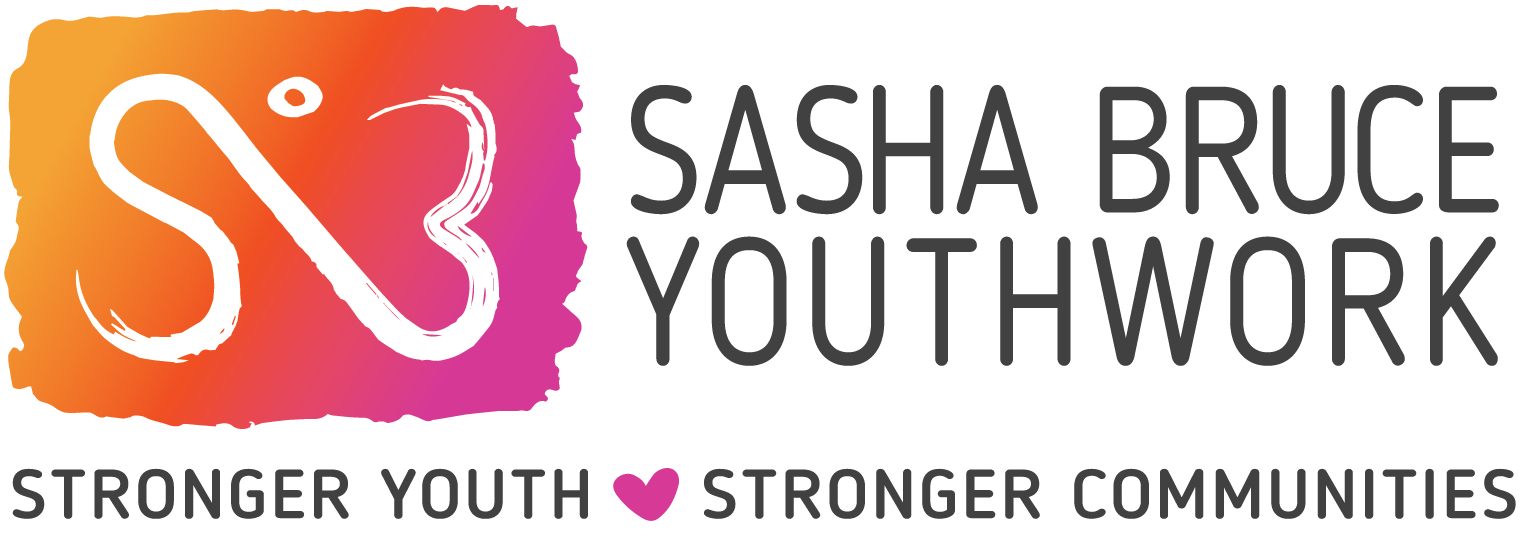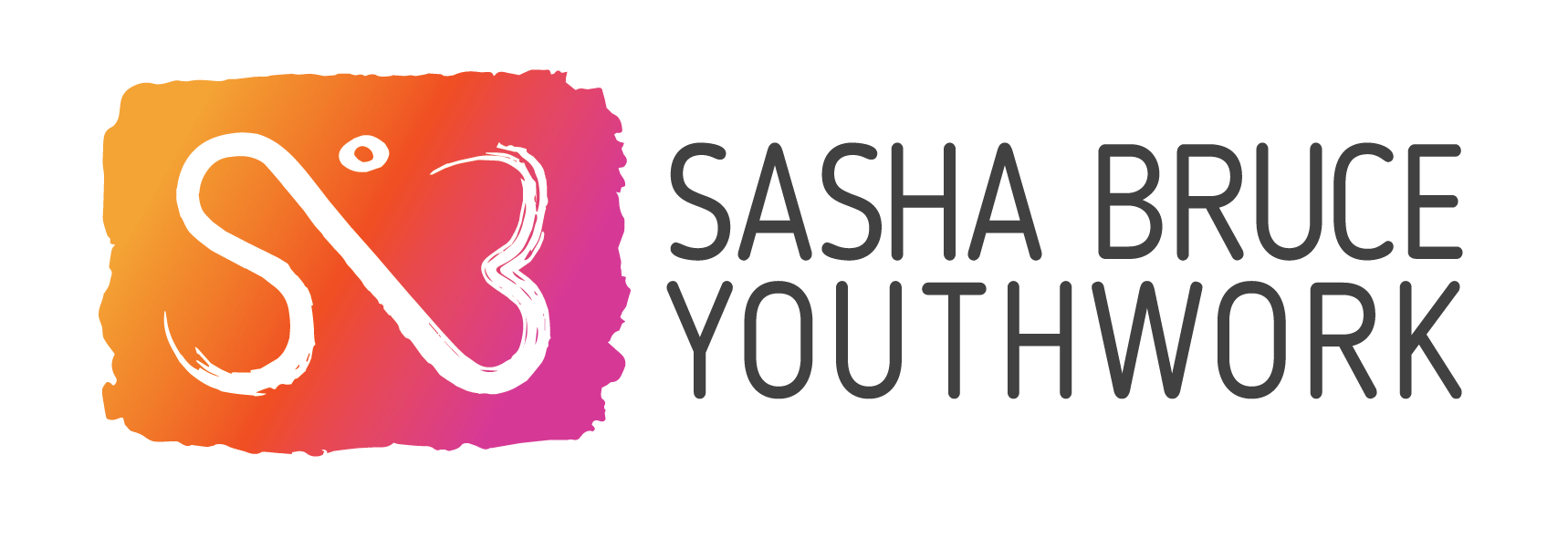by Beth Oldham
Cultural upheaval in the early 70’s.
A gang prevention team.
A failed runaway shelter.
A 20-year-old psychology student with a family history of activism.
What do these all have in common?
If you guessed “Debby Shore,” you’re correct. If you guessed “the founding of Sasha Bruce Youthwork,” you win bonus points!
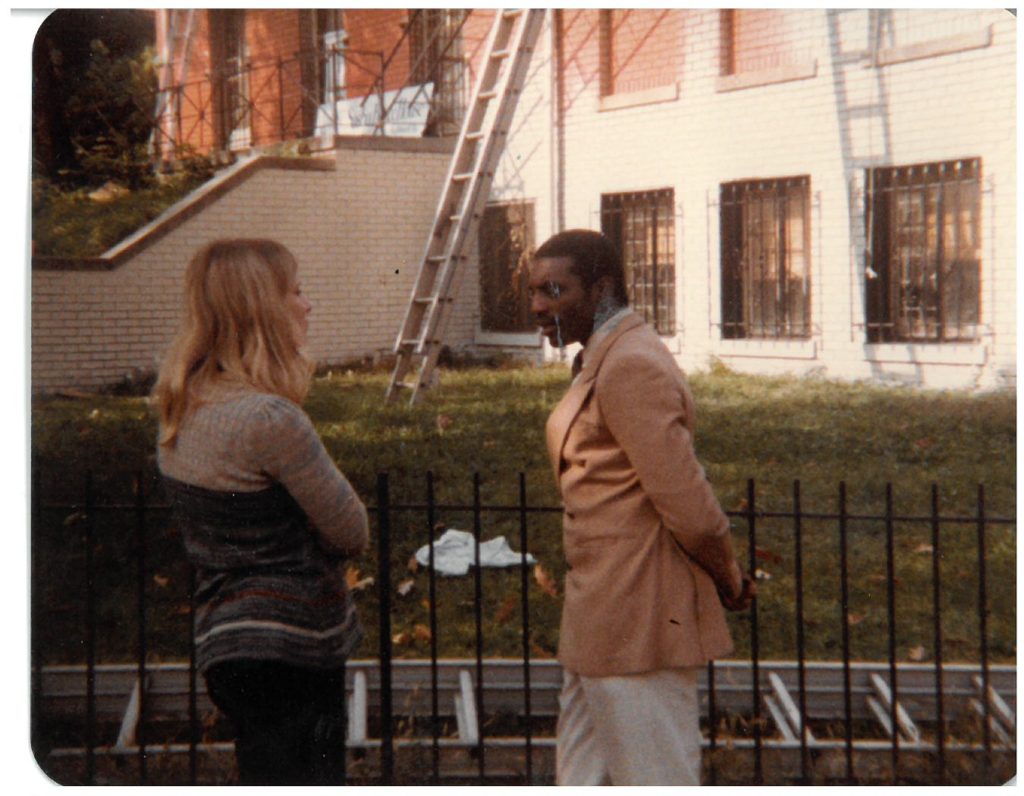
With the official incorporation of Sasha Bruce occurring in October 1974, the agency has now entered its 48th year of service to the District of Columbia. Almost half a century of youth- and family-focused services seeking to end homelessness through emergency shelter, transitional housing, permanent housing and supportive services, and prevention.
Through its 19 residential programs, comprehensive life skills and workforce and education activities, Sasha Bruce is a leader in the District’s strategies to address youth homelessness. But it hasn’t always been so.
In 1970, Debby Shore, a student recently arrived in Washington, DC to participate in a semester long program through Antioch College, began counseling runaways on the streets of NW Washington. She found a tremendous amount of passion and capacity there.
“Thousands of young people were leaving home,” Shore remembered.
“Anti-war protests were happening throughout the nation, and young people and families were embroiled in conflict over differences in perspectives. Youth from across the country were gravitating to Dupont Circle and Georgetown. I remember one young man who’d been rejected by his family for coming out as gay. He was a devoted, classically trained pianist whose mother set his piano outside on the patio in the rain. It warped, and he left home.”
Shore sometimes encountered 30 or 40 young people at the Runaway House at night, where she began volunteering. The experiences gave her insights into the needs of youth and the lack of a system or programs in place to address the root causes of youth homelessness.
“I was drawn to volunteer at an early runaway program that was down the street from the school I was attending. There were so many young people struggling to find their way toward adulthood, but at the time it was considered a criminal act, to run away. One of the official strategies for dealing with runaways was to lock them in jail. No one was looking at the needs of these young people or their families or family systems.”
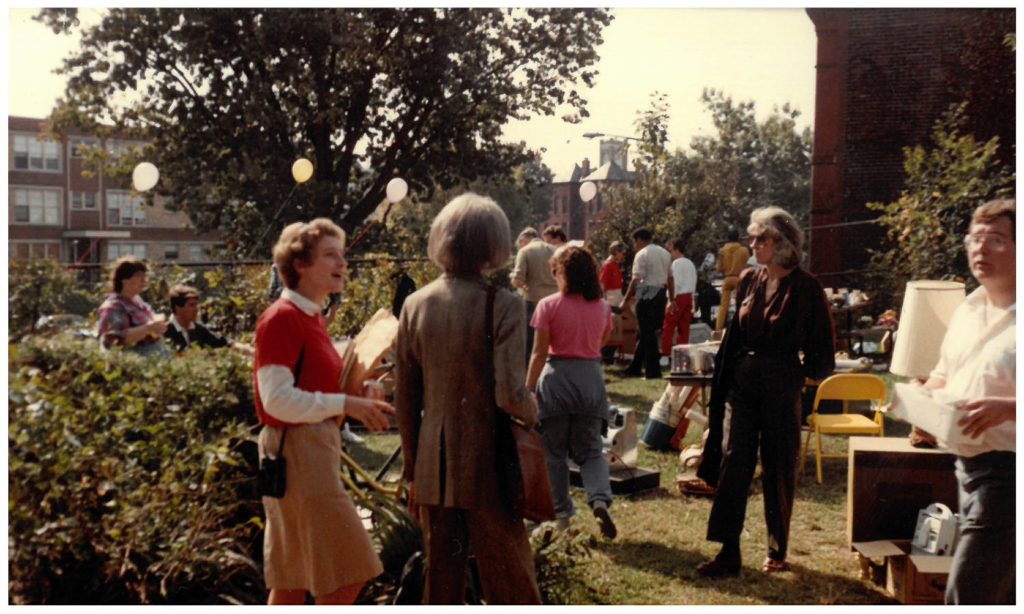

This haunted Shore as she returned to school to finish her degree. In 1973 she took a live-in position at the same shelter, serving in a “house parent” capacity. She supplemented this work with a position in a gang prevention program through the District’s recreation department called the Roving Leader Program.
“Roving Leaders worked in every ward, and I had gotten to know one of the workers who was assigned to our neighborhood. He came by the shelter regularly and asked me if I wanted a job working with both youth in the shelter and on the street. Joining the Roving Leaders introduced me to other parts of the city and family issues.”
When the original Runaway House shelter closed due financial insecurity, Shore continued counseling youth on the streets and tried to help youth find safe places to shelter. It was plain that services were still a critical need for young people, so she began talking with various churches about hosing a Drop In Center.
Christ Church Georgetown welcomed this, and the new organization used space at the church as their base for operations. It also became clear that a shelter was still an important, but missing, resource, so she began lobbying for a new safe space for runaway and homeless youth.
The new organization was incorporated as a nonprofit under the name of Zocalo, a public square in Mexico for community gatherings typically surrounded by government buildings or services.
“It sounded like a nice name, and I loved the idea of our being a community center,” she said simply. But her work remained focused on the streets, so a few years later, the fledgling organization was renamed the Washington Streetwork Project, a name that fit better and aptly captured the work. The Drop-In Center, however, continued to be called Zocalo. Base operations continued out of the basement of Christ Church, and she built a community of supporters, including staff and volunteers, to help her carry out its mission.
All of this occurred during a time of great change throughout the country. Due in part to the cultural upheaval and turmoil of the era, local governments were recognizing the need for youth services and began investing in youth programs. At the same time, the federal government took steps to reform the juvenile justice system which included the way in which runaway and homeless youth were treated. Shore became engaged in advocacy for more humane treatment of youth and lobbied for a runaway shelter that was accessible to everyone.
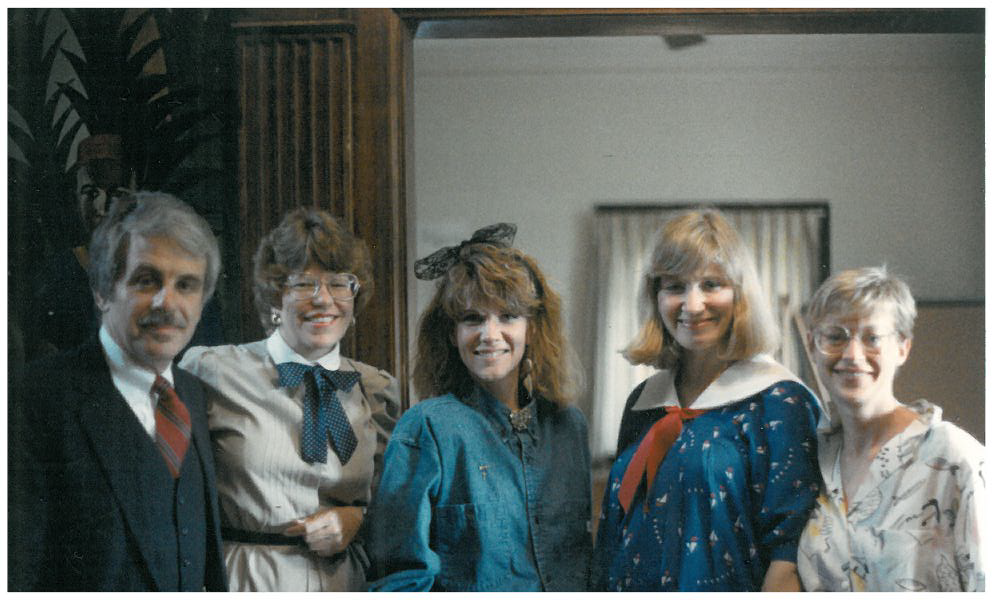

At this early time, she was introduced to the Bruce family by a friend, Bill Treanor, who had known and worked with Sasha, the daughter of Evangeline Bruce, a Washington socialite and diplomat’s wife. Sasha’s family was interested in providing support to a program that would honor her commitment to young people who were being inappropriately handled by the courts.
“Her parents saw what we were doing and dedicated their support [in memory of Sasha, who faced a tragic early death]. It was life changing for the organization. Evangeline Bruce toured the basement of Christ Church and said that it was exactly the type of place that Sasha would want to support.
They helped to bring together a strong Board of Directors that also included a few people identified by Christ Church Georgetown including Barbara Reich and Jonell Davis, both of whom also played significant roles in our early life.
“Barbara was a real estate agent and found a building for us at 7th and Maryland Avenue NE. We got federal funding to support the program and a loan to purchase it. However, we were not an established entity, so Barbara and Evangeline Bruce had to co-sign our loan. The building became our first shelter and named the Sasha Bruce House.
During this early time, we received another enormous gift – meeting up with Marianne Walters, a family therapist who trained staff and helped support the development of our programs. We were a part of the development of a new approach to working with young people which did not pathologize but sought to find and support their strengths and healthy development. This was the strengths-based approach that we developed with families which we called competency-based work.
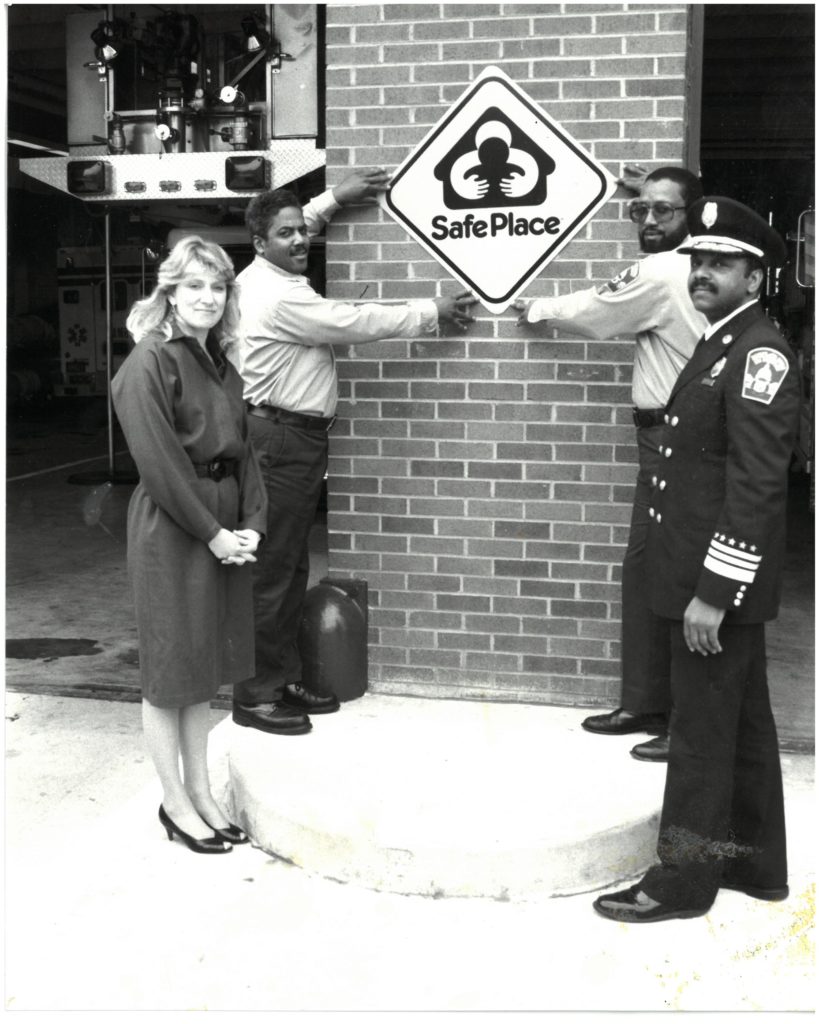

The founding of Sasha Bruce Youthwork came at an enormously exciting time at the advent of a shift in youth services. The organization led by example, guided by Shore’s firm belief that youth deserve to have a voice in what happens to them. “It was exciting to be part of the development of the field and to prioritize the importance of working with families – a lens not yet well established at the time.”
Shore has always recognized the importance of advocating for services for runaway and homeless youth at all levels of government and believes that policy should be based on the knowledge of what is needed rather than what is known. Each chapter in the organization’s development has provided growth and challenge. But the essential commitment to support young people, to reunite families whenever possible and encourage young people to become contributing members of our world has remained and deepened.
Sasha Bruce Youthwork started with the passion of one person, Debby Shore, who found a calling on the streets of the city, a safe space for struggling youth, and a place in the hearts of the tens of thousands of lives she’s impacted as a result.
